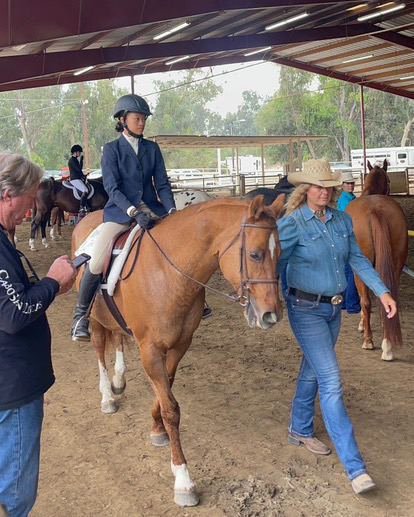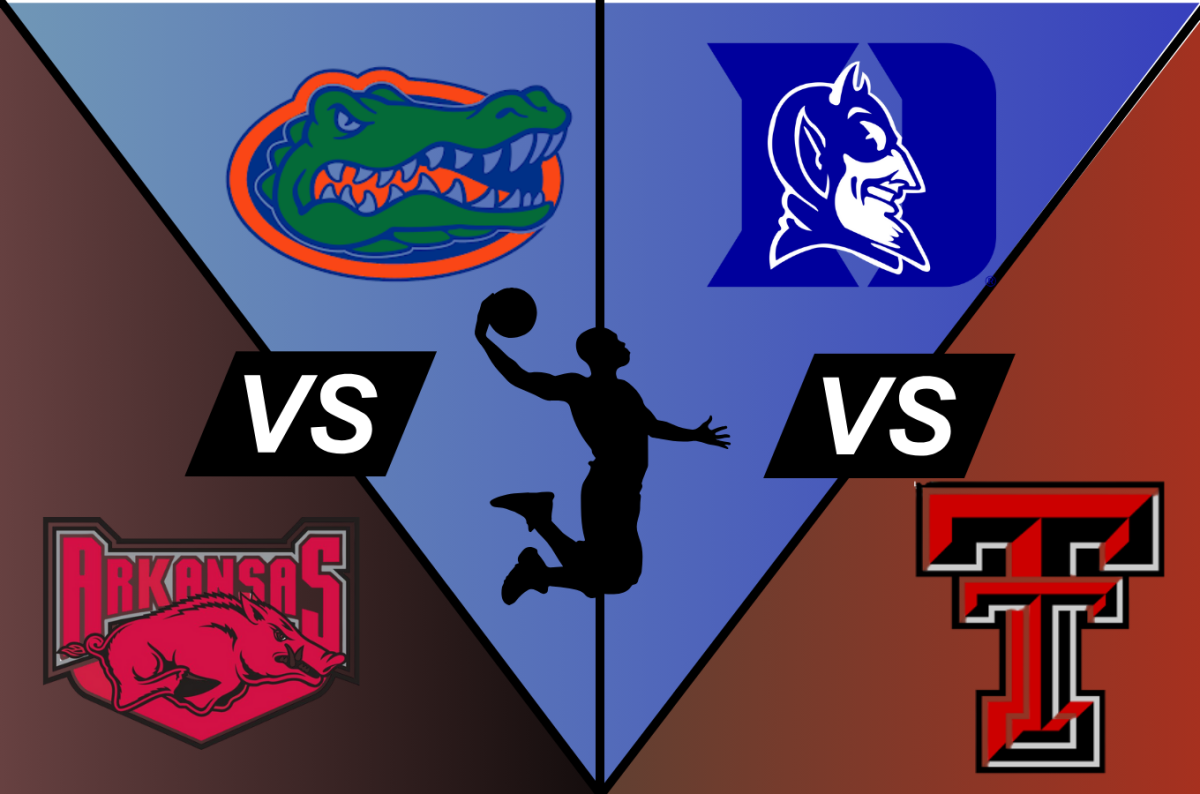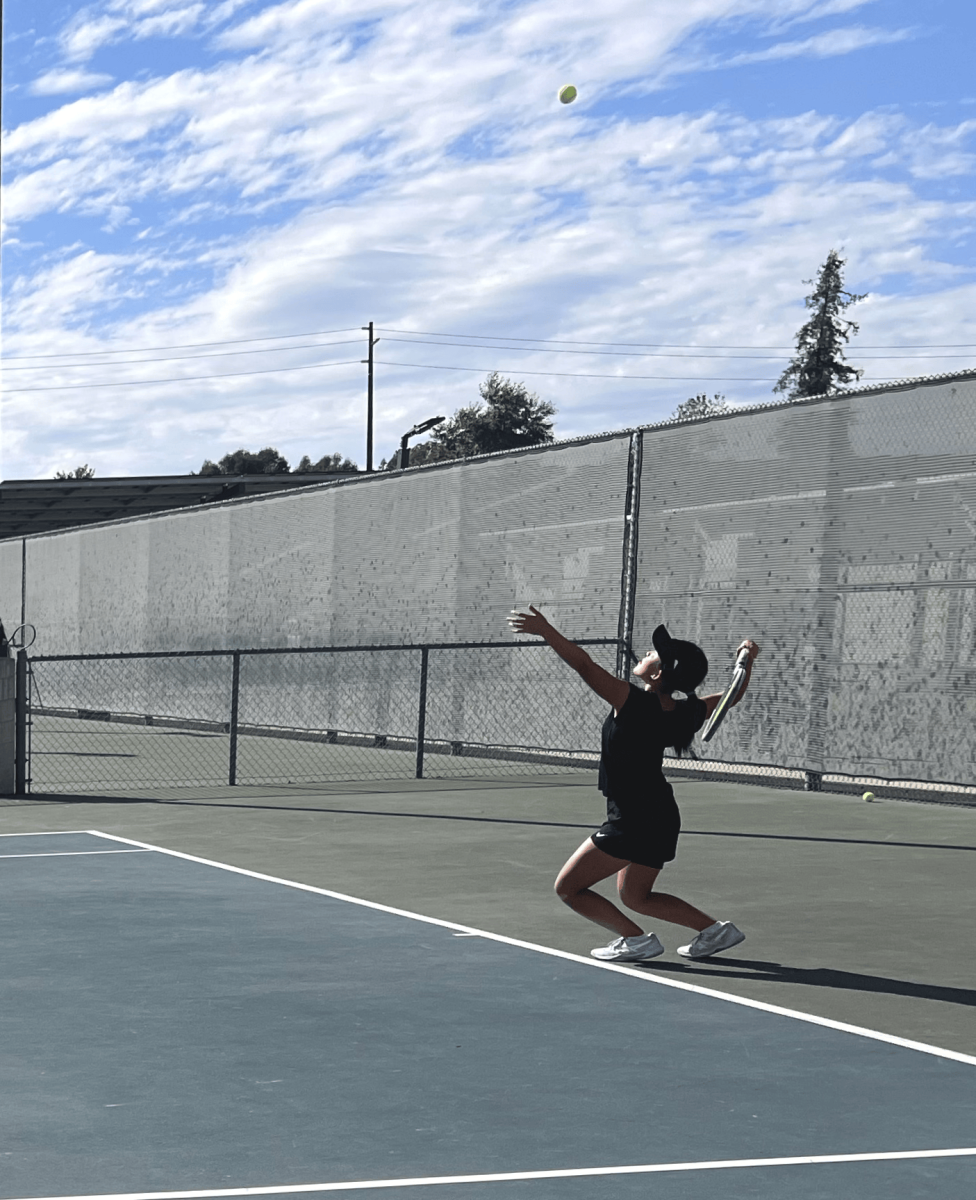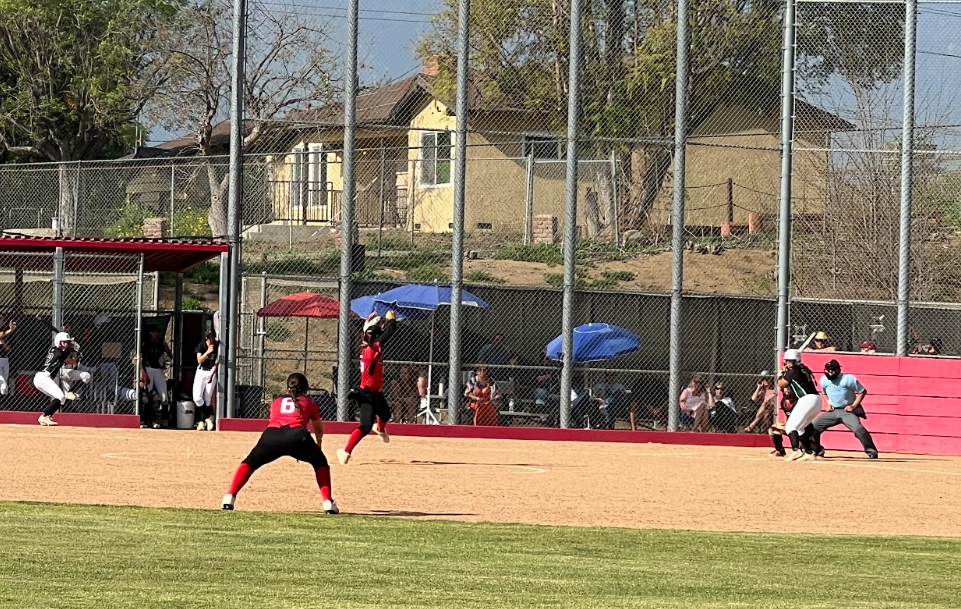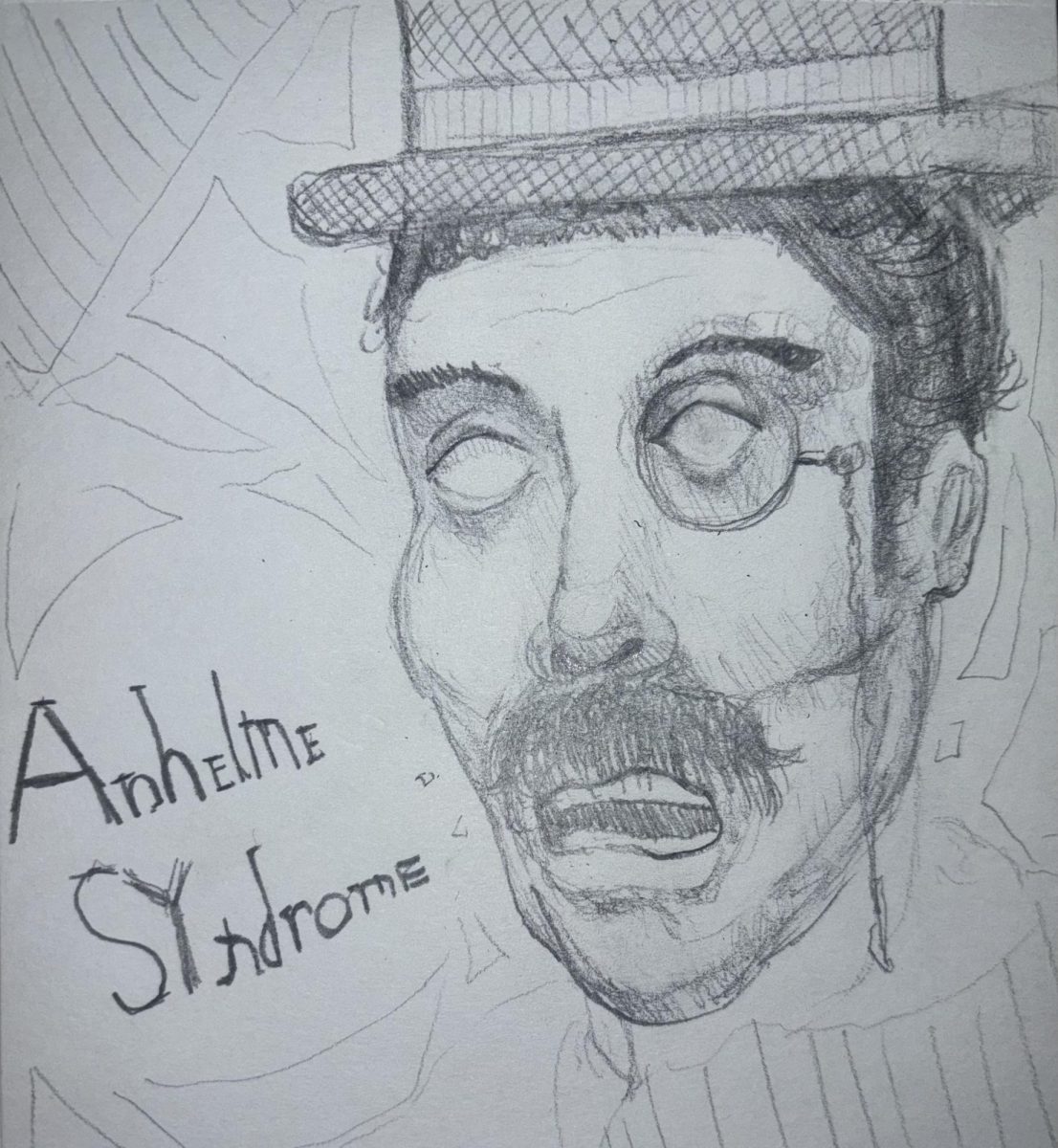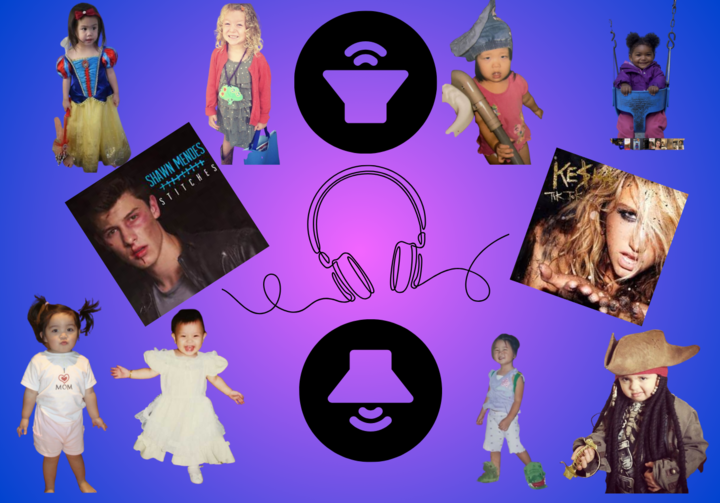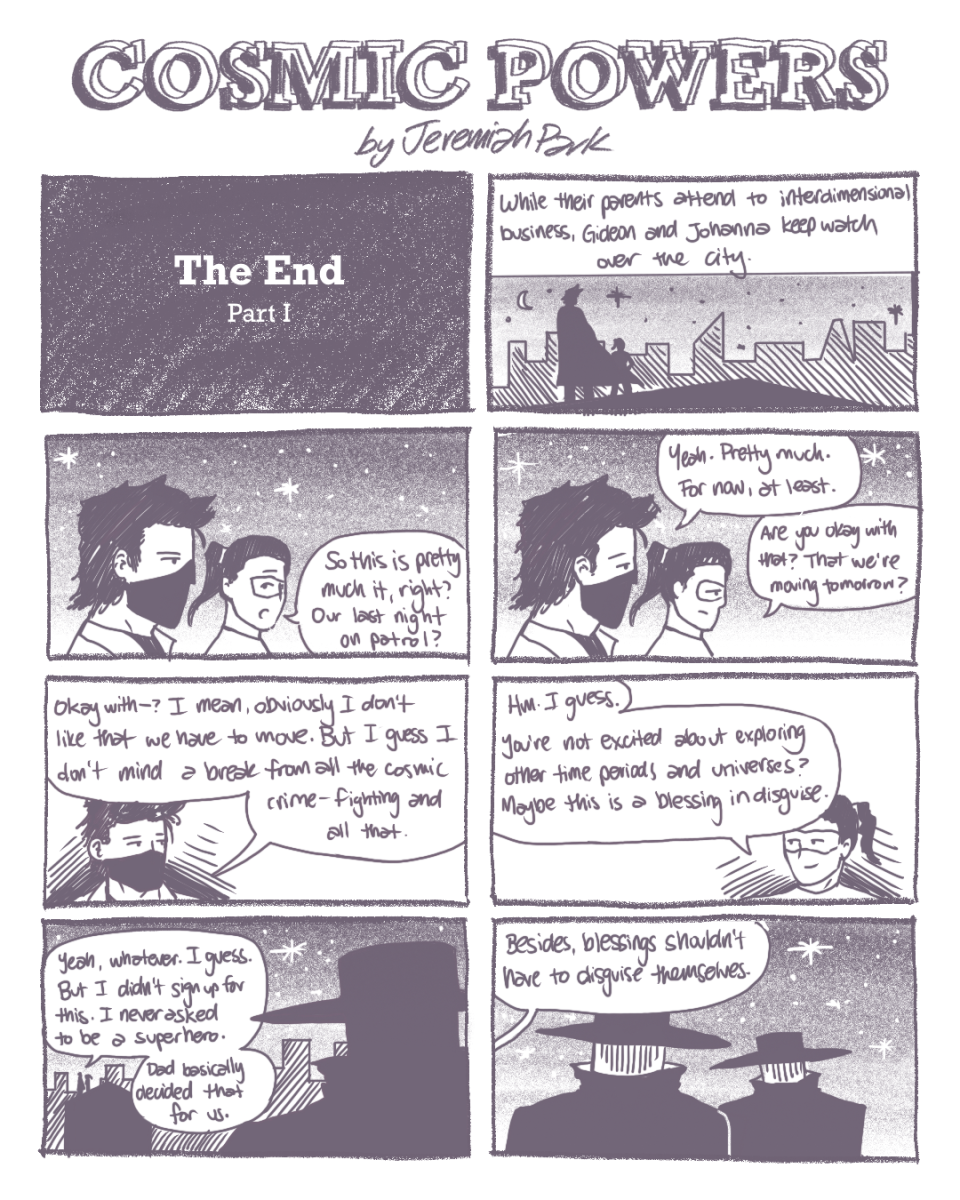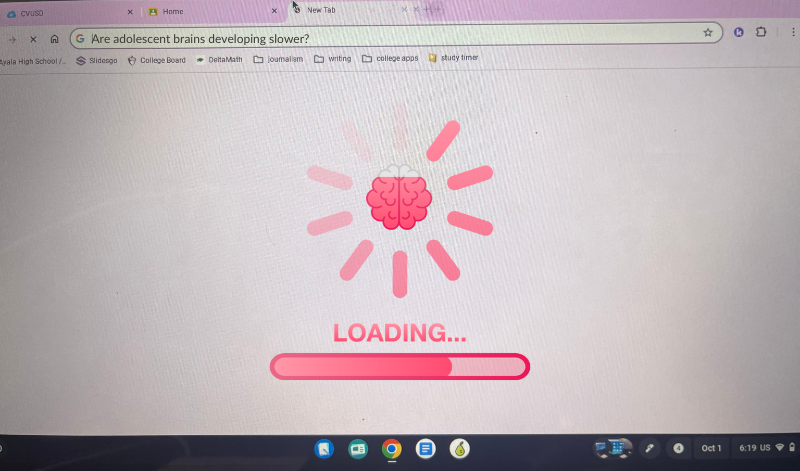Distance learning. Two words, and we’re immediately transported back into 2021. Two words, and Google Classroom was the main form of education for Gen Z and Gen Alpha alike. The shift in technology has advanced, but the shift in brain development seems to be the opposite, at least according to older generations. Are younger generations turning into the reality of “brain rot?”
COVID-19 has had a significant impact on the world, even four years later. The use of computers and digital learning has slowly integrated its way into education, and some wonder if this prolonged form of learning has slowed the development of adolescent brains. In some ways, it has.
You would think that we would have attention spans longer than a goldfish, right? Wrong. A goldfish has the attention span of 8 seconds, and younger generations such as Gen Z and Gen Alpha match that.
Recent studies done by the American Psychological Association have found that since teenager’s brains are not yet mature, sitting in front of screens for long periods of time has caused them to be more easily distracted.
Attention spans are also linked with interest, since we are more likely to pay attention to something we find interest in. Take education and school for example, where there are certain subjects in school that students aren’t particular to. Their attention span decreases and they tend to tune out, finding interest in other things.
This can be in the form of switching from tab to tab on computers, or clicking on and off of an app on phones. This rapid attention switch causes their ability to focus to decline and take time to refocus and reprocess onto the next task.
Another cause that has affected attention spans dramatically is that now, the biggest social media apps now have short form video content (Tiktoks, Instagram reels, YouTube shorts, etc.) where videos are less than three minutes and average about 5 to 90 seconds in length.
The main intent for these videos to have shorter lengths is to fit as much content within that time frame, to cater to shorter attention spans. However, this creates a catch-22. We have shorter attention spans with shorter videos and shorter videos are created and catered to the increase of shorter attention spans.
The available access to the Internet during school, as well as the use of social media outside of school, has a big impact on children and adolescents’ cognitive thinking and linguistics, which could impact their learning.
Since online slang has taken place both online and has seeped into people’s personal vocabularies, their language is infinitely more informal than educational grammar and language. Growing up with screens is something new that past generations aren’t used to, especially if these children are chronically online, whether for education or socially.
The process of brain development is not only slowing down in adolescents, but also has been slowing down in kids as young as three years old.
According to a scientific study which CNN Health reported on, children ages three to five with a screentime of more than an hour a day led to lower levels of development in the area of the brain linked to the development of language, literacy, and cognitive skills.
This decrease shows that in this age of screens being ever so present in our lives, it has started to stunt key points of development for a child and is the reason why older generations often look down on Gen Alpha and Gen Z.
Even if they do look down and ridicule these generations, it’s difficult to revert back to chalkboards and feather pens. Okay, maybe not that old-fashioned, but as the world advances in technology, kids and teenagers should start getting used to mixing in computers with their pens and papers.











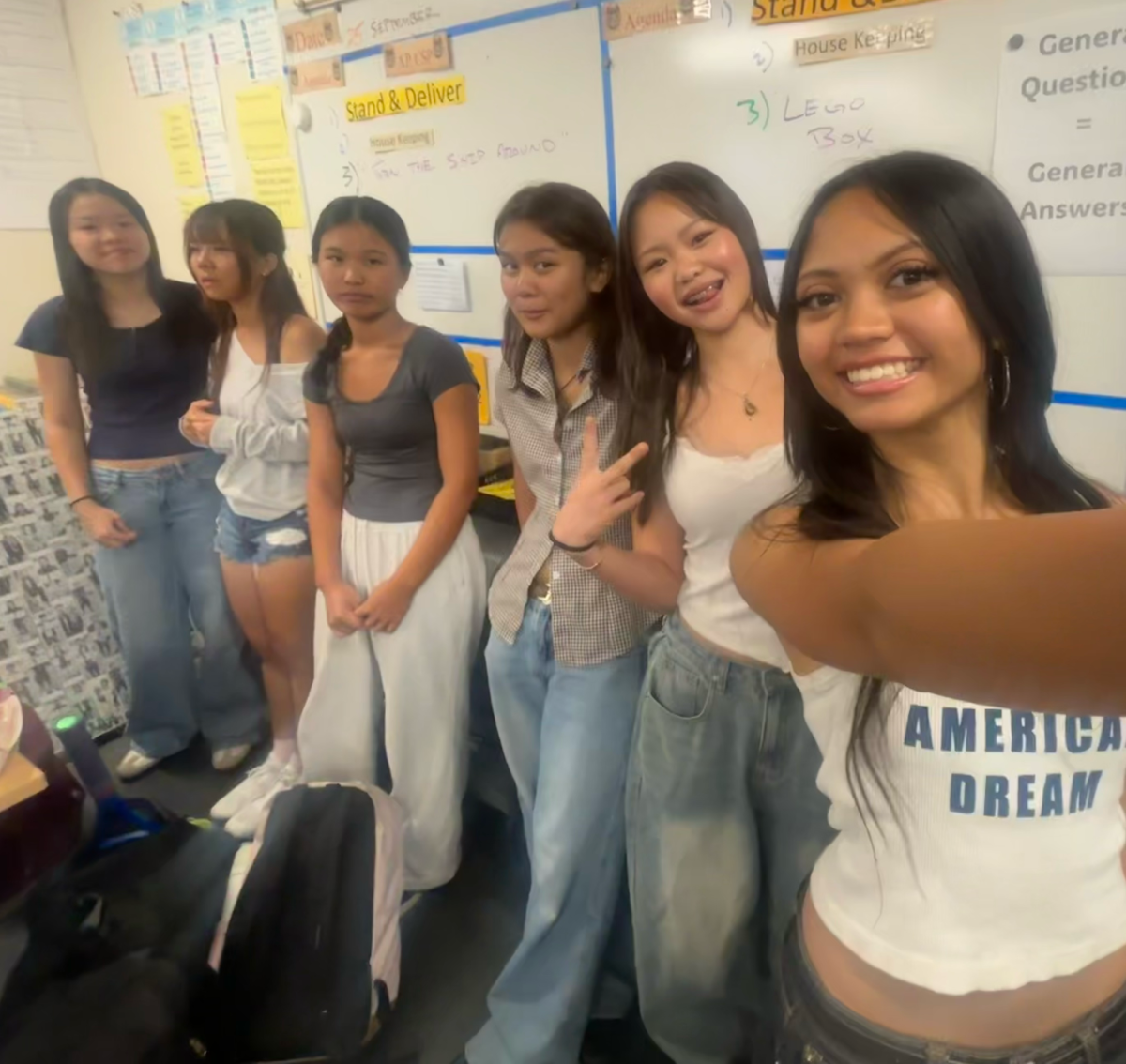









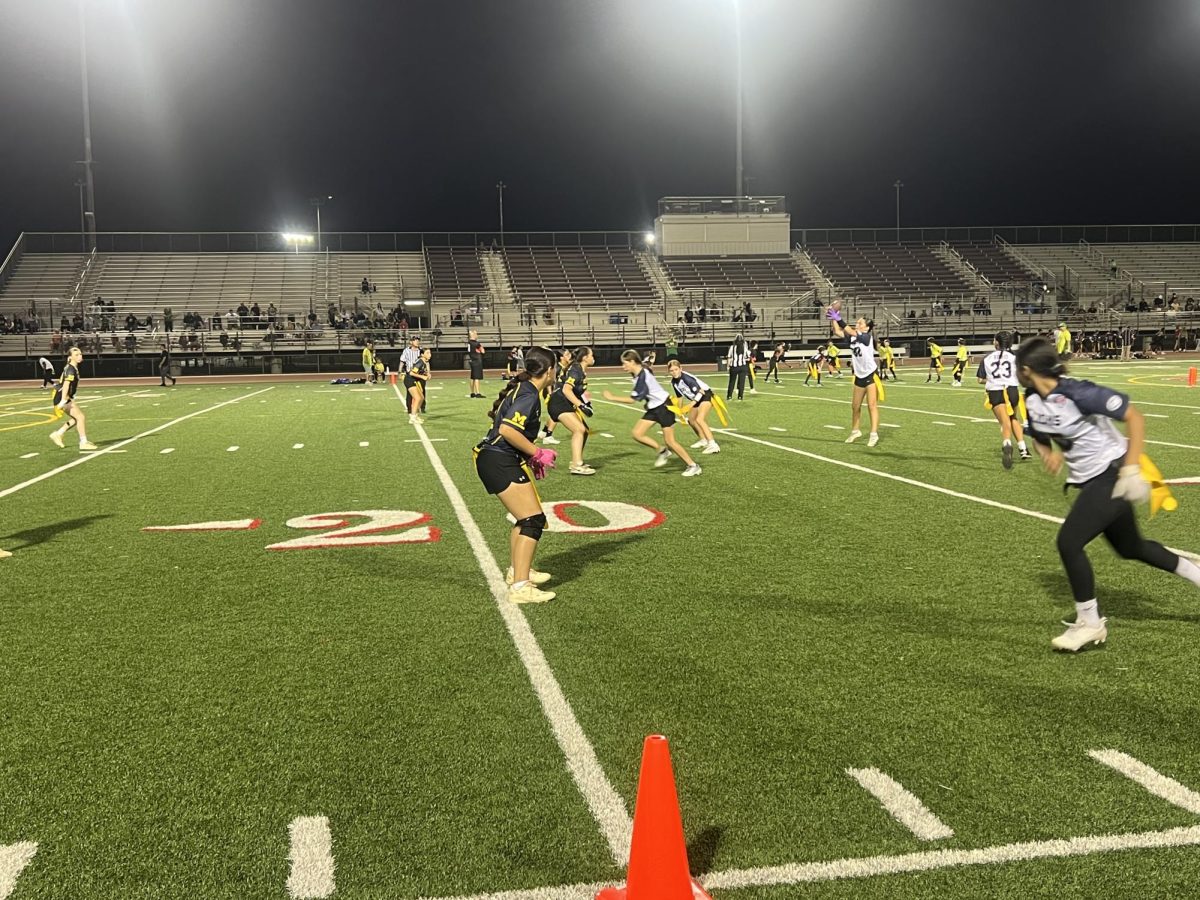


![“I'd say [this season was] successful because I didn't really think I was going to really play much because I'm a freshman. But my coaches took the time and believed in me,” Jonah Boyd (9) said. As a freshman, Boyd has already achieved great success during his first year on the boys Varsity baseball team.](https://ayalabulldogtimes.org/wp-content/uploads/2025/05/IMG_1598-1.jpeg)

